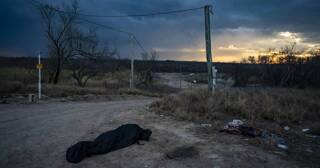TNR Resignations: After Top Editors Franklin Foer and Leon Wieseltier Quit, Mass Resignations Follow.
What started as a trickle has become a flood, as more than two-dozen editors and contributing editors resigned from the New Republic on Friday on the heels of the departures of the magazine’s top two editors, Franklin Foer and Leon Wieseltier.
The full list of resignations is here, courtesy of the New Yorker Washington correspondent Ryan Lizza:
Lizza and fellow contributing editor Jonathan Chait had already expressed their desires to be removed from the masthead following the announcement that former Atlantic Wire and Gawker editor Gabriel Snyder would be replacing Foer in the magazine’s top job and that literary editor Wieseltier would be leaving as well.
Foer’s quitting stemmed from a difference of opinion in the editorial direction for the magazine, with owner Chris Hughes and chief executive Guy Vidra “re-imagining The New Republic as a vertically integrated digital media company.”













